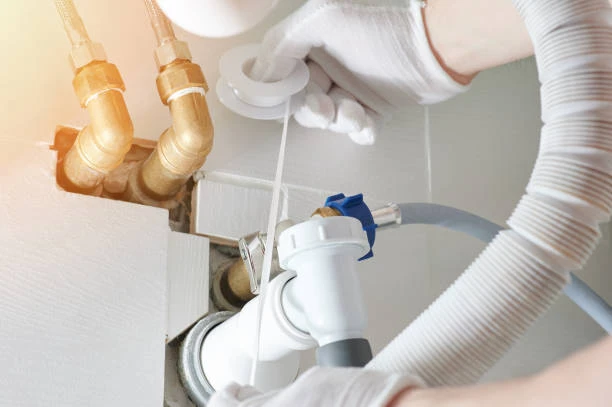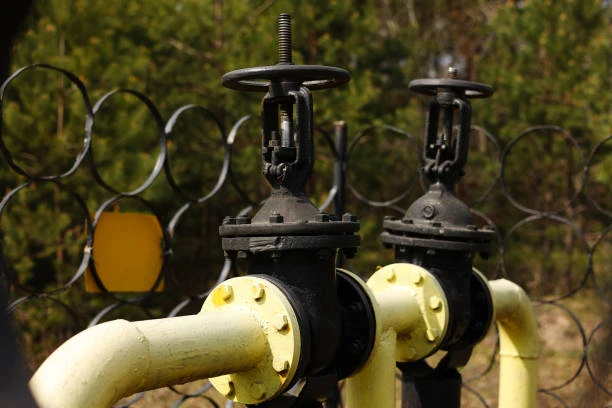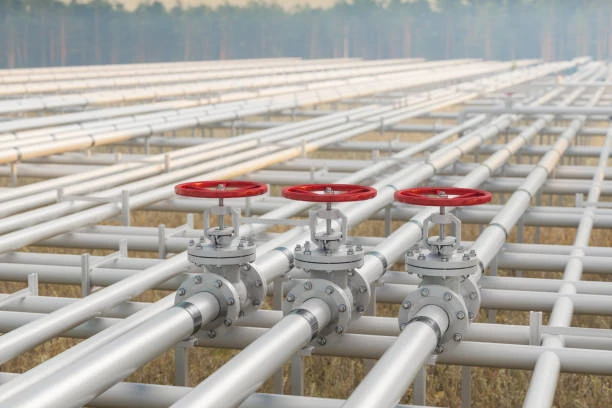The construction industry is witnessing a seismic shift as sustainability regulations become increasingly stringent. This change significantly impacts plumbing fitting in new builds, pushing builders, architects, and contractors to rethink their approaches. In this article, we will explore how these regulations are reshaping plumbing fittings, the benefits of sustainable plumbing solutions, and the future of plumbing in eco-friendly construction.
Understanding Sustainability Regulations
Sustainability regulations aim to reduce environmental impact, promote energy efficiency, and ensure the responsible use of resources. Various governing bodies around the world have implemented standards that affect how buildings are designed and constructed. For plumbing systems, this means greater emphasis on water conservation, energy efficiency, and the use of eco-friendly materials.
The Role of Plumbing Fittings in Sustainability
Plumbing fittings play a crucial role in the overall performance of plumbing systems. They connect various components, enabling the flow of water, gas, and waste. As such, the selection of plumbing fittings can significantly influence a building’s environmental footprint. Sustainable plumbing fittings help reduce water wastage, lower energy consumption, and improve overall system efficiency.
Key Changes in Plumbing Fittings Due to Regulations
- Water-Efficient Fixtures: New regulations often mandate the use of water-efficient plumbing fixtures. This includes low-flow toilets, faucets, and showerheads that significantly reduce water usage without compromising performance.
- Materials and Manufacturing: There is a growing focus on the materials used in plumbing fittings. Regulations encourage the use of recycled, recyclable, and sustainably sourced materials. This shift not only reduces waste but also minimizes the carbon footprint associated with manufacturing.
- Smart Technology Integration: Smart plumbing fittings that monitor water usage and detect leaks are becoming more common. These technologies align with sustainability goals by promoting efficient water use and reducing wastage.
- Improved Insulation: Regulations often require better insulation for plumbing systems to minimize heat loss. This not only conserves energy but also enhances the overall efficiency of heating systems in new builds.
- End-of-Life Considerations: Sustainable plumbing fittings are designed with their entire lifecycle in mind. This means that they can be easily disassembled, reused, or recycled at the end of their life, reducing landfill waste.
Benefits of Sustainable Plumbing Fittings
Implementing sustainable plumbing fittings offers numerous benefits for builders, homeowners, and the environment:
1. Cost Savings
While the initial investment in sustainable plumbing fittings may be higher, the long-term savings can be significant. Lower water and energy bills result from improved efficiency, ultimately leading to reduced operating costs for homeowners and businesses.
2. Enhanced Property Value
Buildings equipped with sustainable plumbing systems often have higher resale values. Eco-friendly features are increasingly sought after by buyers, making properties with these systems more attractive in the market.
3. Regulatory Compliance
By adopting sustainable plumbing fittings, builders can ensure compliance with local and national regulations. This can help avoid potential fines and make the building process smoother and more efficient.
4. Environmental Impact
Sustainable plumbing fittings significantly reduce water and energy consumption, contributing to a lower carbon footprint. This aligns with global efforts to combat climate change and promote environmental responsibility.
5. Improved Health and Safety
Many sustainable plumbing fittings are designed to minimize the risk of leaks and contamination. This enhances the overall safety and health of the building’s occupants by ensuring clean water supply and effective waste disposal.

Future Trends in Plumbing Fittings
As sustainability continues to be a priority in construction, several trends are emerging in plumbing fittings:
1. Increased Use of Recycled Materials
The construction industry is moving toward using more recycled materials in plumbing fittings. This trend not only conserves resources but also reduces energy consumption during manufacturing.
2. Advanced Smart Technologies
The integration of smart technology in plumbing fittings is expected to grow. Features such as automated leak detection, real-time water usage monitoring, and remote control systems are becoming standard in modern plumbing designs.
3. Modular Systems
Modular plumbing systems, which allow for easy assembly and disassembly, are gaining popularity. This approach simplifies repairs and upgrades while promoting the reuse of materials.
4. Water Harvesting Solutions
As part of sustainability regulations, the use of rainwater harvesting systems is increasing. Plumbing fittings that support these systems allow buildings to utilize rainwater for non-potable uses, further conserving resources.
5. Training and Certification
With the shift towards sustainability, there is a growing need for training and certification programs for plumbers and contractors. This ensures that professionals are knowledgeable about the latest sustainable practices and technologies.
Conclusion
Sustainability regulations are undoubtedly shaking up the plumbing fitting landscape in new builds. As the demand for eco-friendly construction grows, the plumbing industry must adapt to these changes by adopting innovative, efficient, and sustainable solutions. The future of plumbing fittings will not only focus on functionality but also prioritize environmental responsibility, leading to a more sustainable built environment.
Frequently Asked Questions (FAQs)
1. What are water-efficient plumbing fitting?
Water-efficient plumbing fittings are designed to use less water while maintaining performance. Examples include low-flow faucets, showerheads, and toilets.
2. How do sustainable plumbing fittings contribute to energy savings?
Sustainable plumbing fittings can minimize heat loss and reduce water heating needs, leading to lower energy consumption and cost savings.
3. Are recycled materials safe for plumbing fitting?
Yes, many recycled materials are treated to meet safety standards, making them suitable for plumbing applications.
4. What is the role of smart technology in plumbing fitting?
Smart technology can monitor water usage, detect leaks, and optimize system performance, contributing to overall efficiency and sustainability.
5. How can homeowners ensure their plumbing fittings are sustainable?
Homeowners can look for certifications, such as WaterSense or Energy Star, which indicate that plumbing fittings meet specific sustainability standards.


















